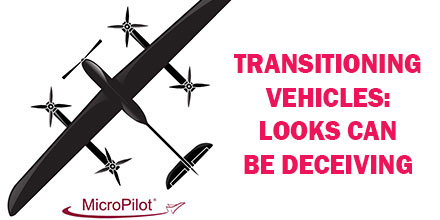
SPH Engineering announces the launch of UgCS centralized drone management solution for Police, Search and Rescue, Firefighter and Security Service Command centers for efficient drone implementation in first response and surveillance operations.
This centralized solution was presented at MiliPol 2017.
How it works
UgCS centralized drone management solution enables Command center operators to track the real-time position of drones in-field. Plus, receive live video streams. Command center operators can also mark points of interest on the shared map. Thus, alerting field drone operators to conduct detailed inspections of certain areas. Centralized management centers can even take manual control over the drone and its camera.
UgCS is built to ensure full integration into enterprise infrastructure. Additionally, UgCS centralized drone management solution can integrate with existing Command center software.
To enable complete data security, all UgCS components can deploy in a private network to transfer data over a secure connection (no internet required). Also, command centers can access acquired or stored data for detailed incident investigation or to analyze equipment’s usage and plan maintenance.
Effective management for first responders
“UgCS centralized drone management solution enables effective UAV integration into emergency and security command centers. UgCS and drones provides a live preview of the situation not only to personnel in-field, but for officers at Command center. This enables more precise situation assessment, decision making and effective management of first responder teams, providing more efficient resolution of disaster situation or even saving lives,” said Janis Kuze, SPH Engineering sales director. “A capital city police department is currently using this solution.”
Additionally, UgCS enables support for the most popular UAV models. Also, the UgCS centralized drone management solution has no vendor lock. It supports DJI, Yuneec, Lockheed Martin and MAVLink compatible drones (Pixhawk/APM).
Shop UgCS line of solutions at Unmanned Systems Source.
 Transitioning UAVs, which combine fixed-wing aircraft with a multi-rotor, seem to be a favored development craft these days.
Transitioning UAVs, which combine fixed-wing aircraft with a multi-rotor, seem to be a favored development craft these days.
 SPH Engineering announces the launch of UgCS centralized drone management solution for Police, Search and Rescue, Firefighter and Security Service Command centers for efficient drone implementation in first response and surveillance operations.
This centralized solution was presented at MiliPol 2017.
SPH Engineering announces the launch of UgCS centralized drone management solution for Police, Search and Rescue, Firefighter and Security Service Command centers for efficient drone implementation in first response and surveillance operations.
This centralized solution was presented at MiliPol 2017.
